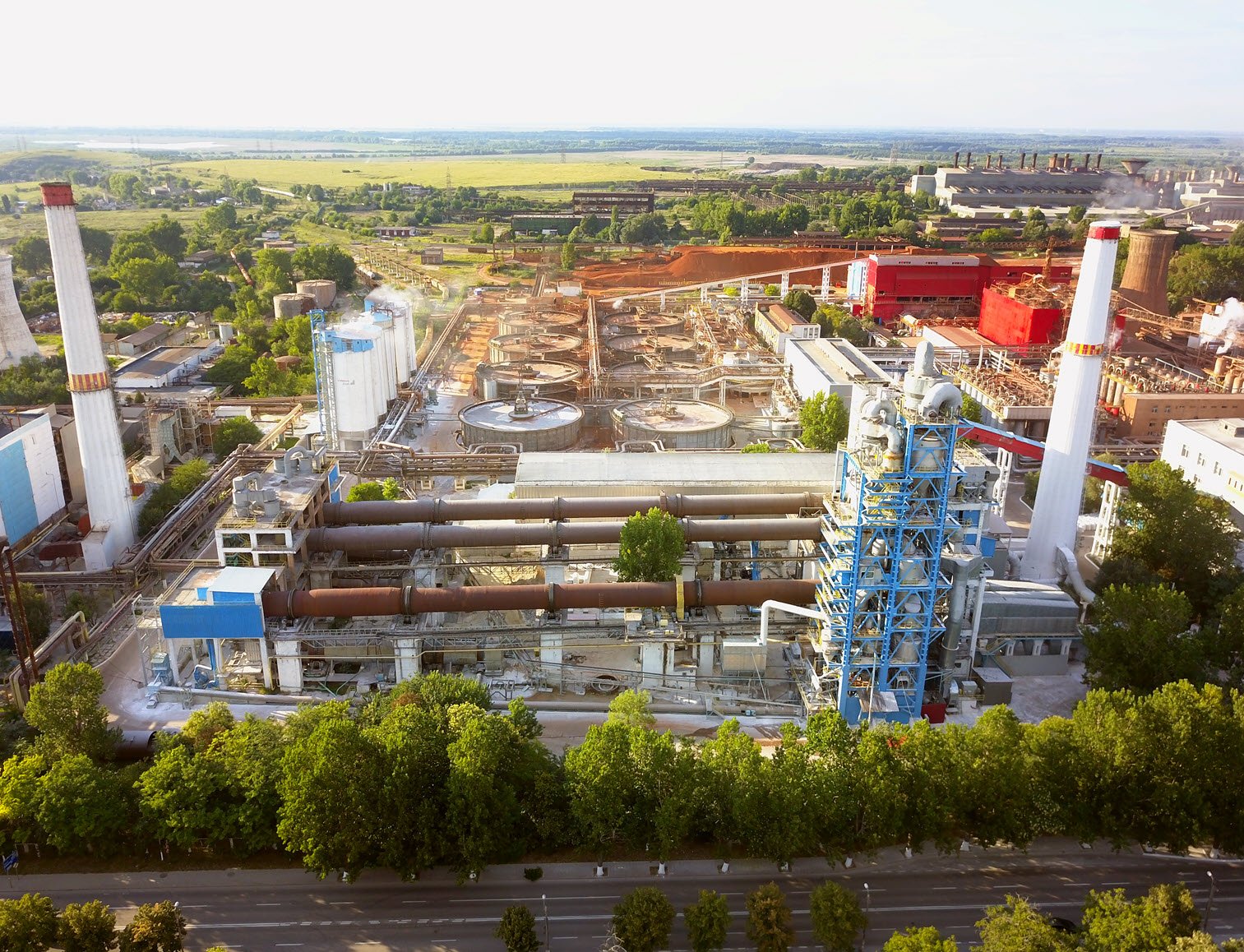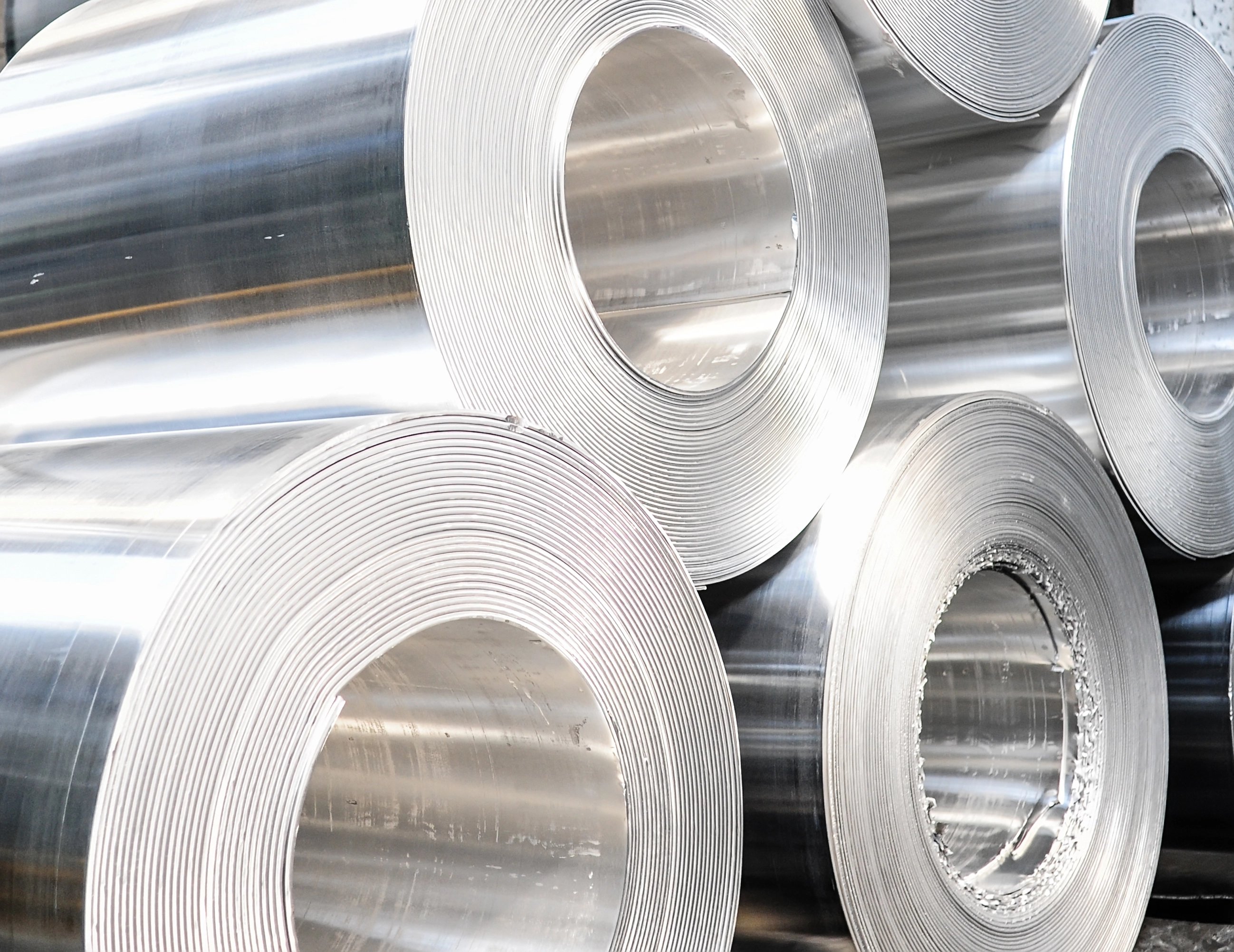The convergence of carbon and trade is clearly visible in the North American aluminium can segment.
Perhaps previously overshadowed by auto body sheet and the aircraft build rates, the recent semiconductor bottleneck and Covid-19, respectively, have slowed those demand drivers making room for the resurgence of aluminium can demand.
Sparked by stay-at-home consumer demand, the aluminium can was right there for anxious shoppers. With consumers no longer dining out nor partaking of on-premises beverage packaging options, aluminium can demand grew. The advent of fortified waters, seltzers, performance drinks, craft beer, wine and ready-to-go spirits were quick to realise that the aluminium can was the package of choice for multiple generations stuck at home. While beer packaging had been trending towards aluminium since 2010 (50% packed in aluminium cans), the pandemic and beverage demand, in total, compounded demand growth as beer in aluminium cans grew (67% of packaging mix by 2019).
Already a staple for boomers, consumers from generation X, and generation Y, and millennials all soon found their favourite beverage in aluminium cans in a variety of sizes, shapes and colours at their local retail outlets. In addition to the brands that christened the first aluminium can in 1959, the explosion of new brands and products quickly found the aluminium can. Beverage marketers love the 360-degree billboard that the can provides along with its more favourable sustainability profile. The aluminium can owns this space when compared to PET and glass. As more refillable bottle channels (a Covid-19 no-no) move into aluminium cans, there’s little wonder that can makers are now leveraging these demand components to build both greenfield sites and brownfield expansions supported by margin increases throughout the value chain.
In the near term, can makers have had to supplement their domestic supply with both imported aluminium coil stock, and imported (empty) aluminium cans. While imported can stock has had an established position in the market via qualified mills and well-travelled trade routes, recent tariff and trade restrictions, coupled with rapidly rising freight costs, make for expensive demand pacifiers near term. Global can demand threatens the flow of imported supply given the inherent risks of trans-ocean freight, both on cost and reliability. The domestic can sheet mills remain the preferred choice for strategic supply volumes.
The location of these brownfield expansions and new can plant sites are strategic to mitigate costs and improve economies on closed loop recycling programs. With metal being in tight supply across the value chain, freight expenses and transit time delays put can line and beverage fillers at risk; downtime is expensive.
The forecast for can demand remains as robust as the likely pressure on value chains to evolve to more sustainable materials supply. Can makers and aluminium mills will assess this demand forecast, although perhaps a bit differently. While no crystal ball is crystal, cans are the metric for can makers. For aluminium rolling mills, cans are now another viable option for sustainable EBITDA and capital development as margins improve and production economies are strong. Now alongside auto body sheet, aerospace and general fab alloys, can stock demand has new value. Whether from the perspective of an aluminium mill or can maker, 2022 seems like a good time to run flat out. Yet, both organic growth and non-traditional collaboration might be on the table to secure forward strategic supply.
Want to learn more about Aluminium Beverage Can Sheet? Click HERE.

















